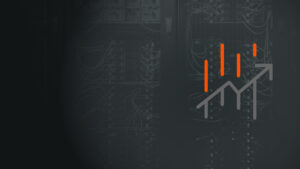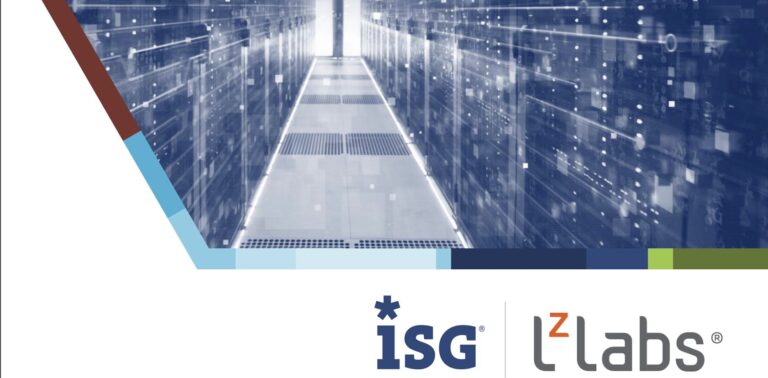Whether an organization rewrites the application using their own staff, or depends on an external service provider (ESP) to perform the effort, they usually start with a definition of the application they “want”, rather than the application they actually “have”! Having then developed what they see as the perfect version of a modern insurance, banking, retail or logistics application they quickly realize that either they missed key business processes instantiated in the existing application, or entire segments of the existing application still interface with a variety of other applications. While the rewrite may have reproduced 80% of the original application, they now struggle to understand what to do about the remaining 20%. This is why these kinds of projects drag on and on, often at great cost!
Reduce the Risk of Application Transformation with the LzLabs Software Defined Mainframe (SDM)
When rewriting legacy applications, particularly when the underlying implementation technologies are changed, organizations should not underestimate the implications of these differences on the overall project. Applications are dependent on the language, runtime subsystems, database management system (DBMS) and the underlying hardware/software architecture. Migrating an application from a mainframe platform to a distributed infra-structure introduces a number of differences that affect not only the coding of the application, but the performance and execution characteristics. The key to rewriting such applications is to consider these differences, and not focus primarily on the new language. There are certainly key differences when migrating an application from the procedural architecture of COBOL on the mainframe, to the object-oriented world of Java on any other platform.
Many prospects we speak to see re-hosting solutions as an alternative to rewriting an application, rather than a complimentary approach. We understand that companies want a new application in a modern language on a modern distributed or cloud runtime environment. We believe that the SDM can help in that migration, while reducing both the risk and costs associated with such a project.
Infrastructure and Application Modernization are Related
Modernizing legacy applications involves both changes to the technology used to implement the application, as well as changes to the technology required to RUN the application. The LzLabs Software Defined Mainframe can quickly and easily solve the problem of moving legacy applications to modern x86 or cloud infrastructure. Once these applications are migrated, THEN an organization can begin the incremental modernization of that application to the desired end state. When complete, the SDM may be eliminated, but more likely can continue to run those parts of the application, for which, modernization efforts may not be warranted. But either way, modernization is a continuum, and organizations need to accept that the modernization of an entire application portfolio requires different thinking than that associated with moving a single application. One would be hard pressed to find ANY organization, of a reasonable size, that has rewritten their entire application portfolio to implement a modernization strategy.
In conclusion, don’t overly focus on the rewriting considerations of a single application in your portfolio. Develop a modernization strategy for your entire IT infrastructure and applications and then use the SDM to help you along the modernization path. Leverage the SDM for those applications that DON’T need to be rewritten, and use the incremental approach available using our solution to start your transition of the “hot zone” programs. This approach reduces both the cost and risk, and gives you new business value much faster than waiting for the entire application to be rewritten and placed into production.


